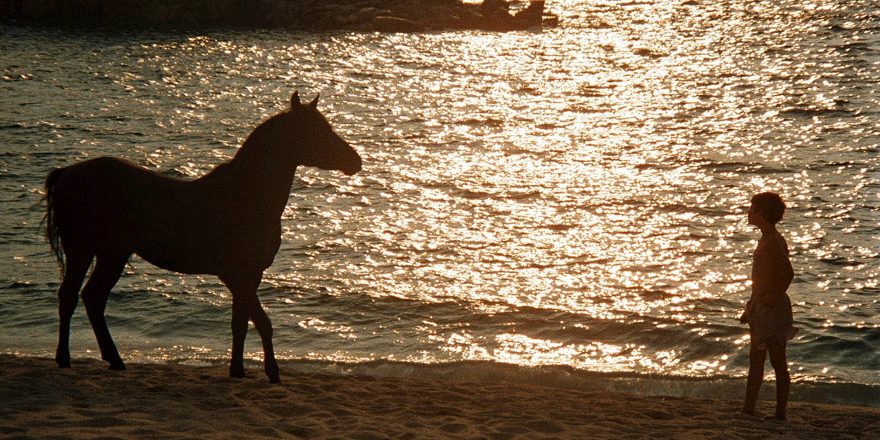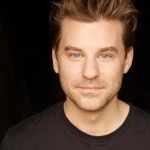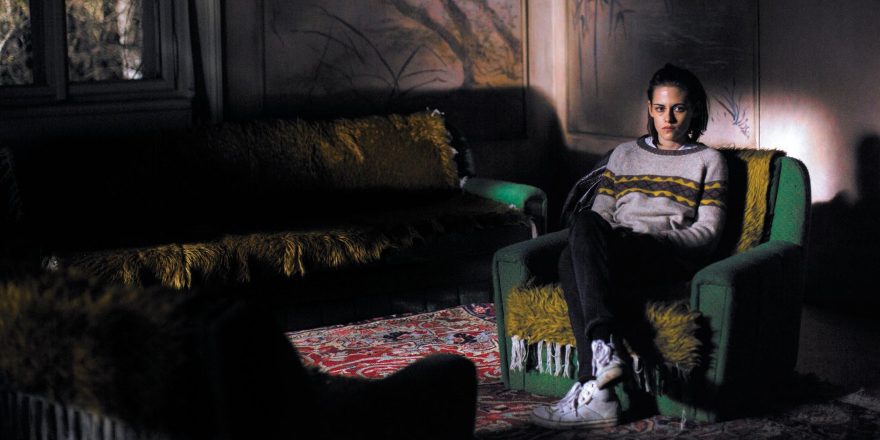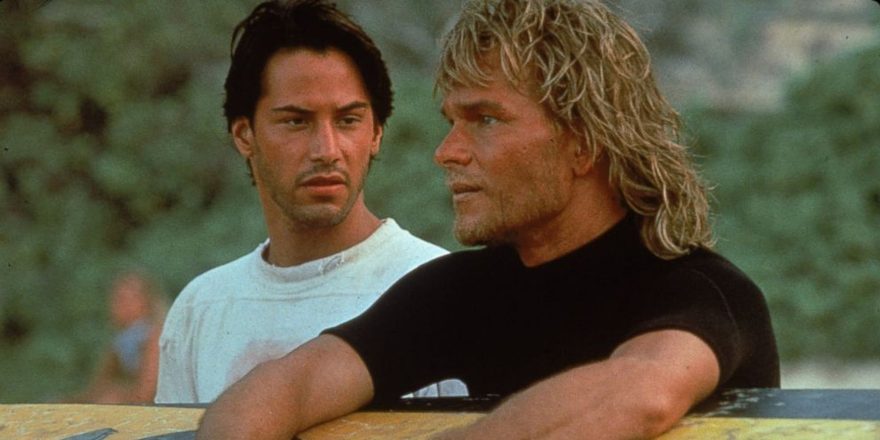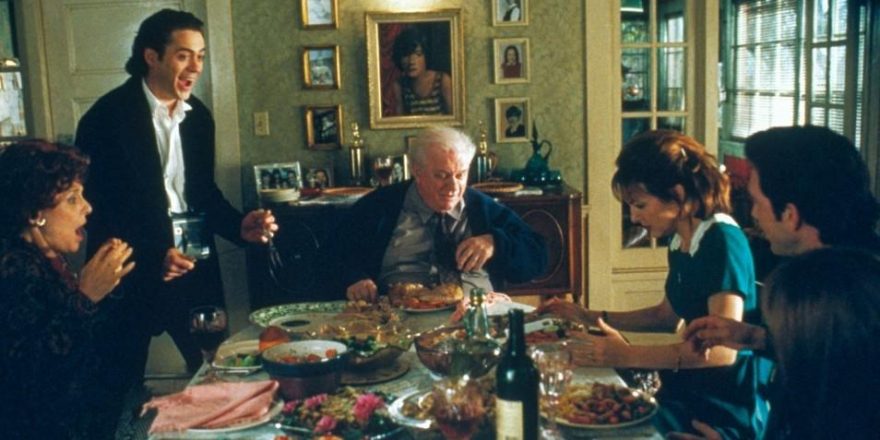I read Thoreau’s Walden for the first time this past January, prompted by a longing to extend myself out of the noise of the 21st century and into the quieter, more reflective space of the pre-digital era. In my own circle of friends and acquaintances (both real life and online), I’ve seen this longing mirrored in an upswing of folks vowing off Facebook and Twitter (I’ve succeeded in the former but not the latter). With a news and opinion cycle that’s the digital equivalent of that evil morning jackhammer blasting in perpetua, it’s no wonder. What’s clear to me is that we’re in desperate need of some quiet time. Of course, everything is relative. Walden was written prior to the Civil War, a period few of us (actually, I would dare say, none of us) would be willing to trade even for the screeching cacophony we live inside today. But while political discourse, at its best, is the literal lifeblood of a democracy, I’ve had this nagging feeling for a good long while now that the answers to The Big Questions of Our Modern Age might at least be found partially in renewed reflection on the elements, on beginnings, on nature.
On occasion, when I’m feeling whipped and shocked by all the cultural noise, my mind will wander to the image of a solitary man in the Canadian arctic wilderness, with its haunting wind, glorious landscapes and eternal time. I imagine myself in such an environment, I feel grateful it exists, still, and I calm down. This unchanged natural world, from Carroll Ballard’s 1983 film Never Cry Wolf, is ever-present with me, as is the work of Ballard in general. Most famous for the exquisite 1979 family classic The Black Stallion, and, to a slightly lesser extent, 1996’s Jeff Daniels and Anna Paquin-starring drama Far Away Home, Ballard is – despite making only six films in a period of almost 40 years – our foremost mainstream chronicler of the natural world. And as he falls further and further out of fashion, becoming less and less traditionally “timely,” he seems to me more and more vital, a quiet, soulful balm in horrific times.
Born in 1937, Ballard is the oldest of the ’70s boys club that includes Spielberg, Lucas, Scorsese, Malick, Lynch and, most significantly here, Francis Ford Coppola. He ended up at UCLA with Coppola after discovering his love of cinema through a chance viewing of a Kurosawa movie while on a military base in South Carolina. Though Ballard was the elder of the two, Coppola nevertheless became a mentor of sorts to him, and the driving force of Ballard’s early career. After graduating from film school, Ballard, who was a bit trepidatious about working with actors, found a decent living making industrial and educational films featuring a wide variety of animals. Little did he know where this would lead him.
In a 2005 interview, Ballard claimed that nature films were “not the kind of movie I really wanted to make. The first movie I ever made was that kind and that’s been my M.O. ever since. I don’t complain about it, though. It’s fun making films.” He went on to say, “I’ve never made a film that I’ve wanted to make from the get-go.” While this admission speaks to the struggle of making personal films in Hollywood, one can’t help but feel grateful for the features Ballard has made, which occupy a space that otherwise might have remained a void. This would have been unfortunate as his handful of features cumulatively comprise one of the most thrilling and (literally) adventurous bodies of work in late-20th and early 21st-century film.
Ballard’s films are almost defiantly unfashionable and pure, with stories that almost exclusively explore the relationship between man/woman/child and beast. Ballard has joked that making “art films for children” may be the reason for him struggling to get projects off the ground, but I’m not sure that’s the problem. His movies seem perfectly accessible to me. Landing somewhere near the intersection of Spielberg and National Geographic, Terrence Malick and Sesame Street, Ballard’s work is hugely entertaining but exceedingly probing, sincerely engaged with reaching out to touch the world. These are films of excitement, but also of questions, of family, of environment. They are films of gentleness and intelligence. In fact, Ballard is arguably, along with Malick, one of the handful of cinematic transcendentalists currently roaming our planet, and if there’s ever been a time that needed transcendence, it’s now.
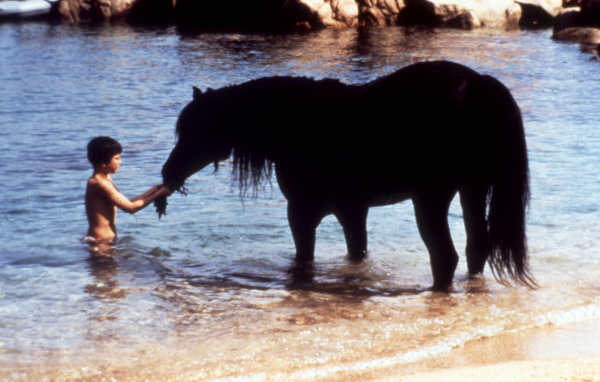
Ballard shot out of the gate – finally, at age 42 – with The Black Stallion, a children’s property Coppola brought to him after rejecting other projects Ballard had pitched for consideration. Ballard worked hard to bring out nuance in what was by all accounts an overly simplistic screenplay adaptation of Walter Farley’s children’s tales, and – despite initial studio skepticism – The Black Stallion went on to become a critical, audience and financial success. The movie is a wonder; if you haven’t seen it, you must discover for yourself via Criterion’s recent re-release. This tale of a boy and his horse takes us from a Mediterranean shipwreck to an all-American midwestern town, circa 1940s, and manages to somehow find a perfect balance between lyrical meditation and exciting human drama. It is one of the great so-called children’s films of all-time: thrilling, nurturing, moving. For many people, Ballard never topped his artistic achievement here, which seems a melancholy assessment until you consider all the directors – mostly women and people of color – who have only ever been able to make one film.
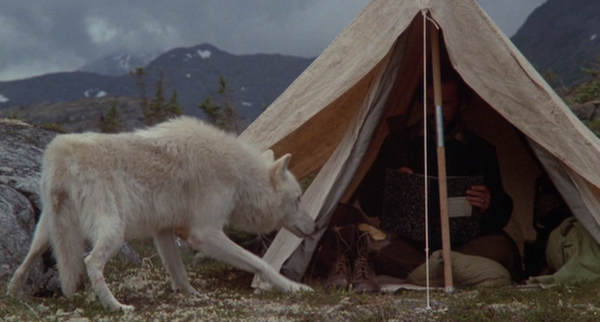
Ballard followed The Black Stallion four years later with Disney’s Never Cry Wolf, a candidate for my own personal favorite, despite one of the most overutilized and unnecessary voiceovers in a movie. (I have to assume this was requested by the studio.) Based on the writings of Farley Mowat, the film chronicles the journey of a biologist, Tyler (played by the great Charles Martin Smith), sent to the Canadian arctic wilderness to study the disappearing caribou population. It is assumed wolves are at fault for this decrease in numbers, which proves to be true, but as he draws closer to the wolf population, his assumptions about nature and her predators – humans among them – begin to alter. It is a movie of profound solitude; a last-man-on-Earth scenario that wraps the viewer into a cocoon of both loneliness and wonder. It’s here that Ballard again proves himself a visual artist of great beauty, with abstracted landscapes to rival J.M.W. Turner.
Ballard subsequently made, in 1986 and 1992, a couple cinematic oddities which achieve varying levels of success. Nutcracker: The Motion Picture is a pleasant visual document of the 1983 production of The Nutcracker performed by the Pacific Northwest Ballet and designed by Maurice Sendak. Reminiscent of Bergman’s The Magic Flute, it’s a charming piece with committed performances and some nice visual surprises. He followed that holiday lark with Wind, a studio romance set in the world of sailing. It is an energetic film made from a bad screenplay, and is a tough sit. Still, it remains of interest as the first and only of his films to place relationships between adults at the forefront, and his interest in human complexity shines through despite it being an all-around ill-advised picture.
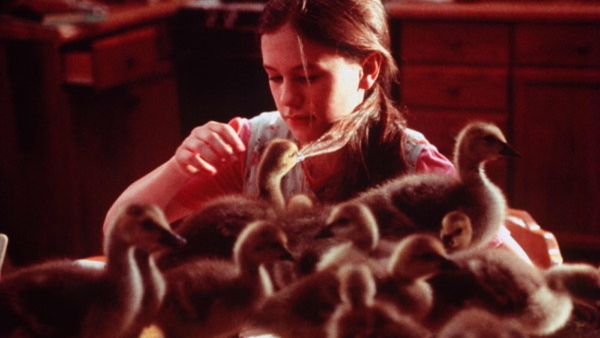
In perfect symmetry, Ballard’s latest two films (and possibly final, though hopefully not!), Fly Away Home and Duma, mirror in quality The Black Stallion and Never Cry Wolf, which is to say they are not only two of his best films, but two of the best films of their kind ever made. In Fly Away Home, Anna Paquin is a 13-year-old girl who, after the death of her mother, is forced to go live with her estranged father in Canada. Said father, played by Jeff Daniels, is a sculptor and inventor, a modern-day hippie with a small but dynamic group of progressive, free-floating friends. The two are at first unable to fully connect, but when a construction crew accidentally orphans a group of goose eggs (who quickly become goslings), father and daughter join forces to teach the geese flight and migration, utilizing homemade ultralight aircraft. In what might be Ballard’s most traditionally satisfying film, the care and protection of the vulnerable proves a catalyst for familial reconnection and political engagement. There are flying sequences here of unparalleled moral beauty, as goodness takes flight.
It’s no coincidence that inside Ballard’s wondrous body of work, there is little to no distinction between nature film, children’s film and family film. To be a young person is to be an explorer. “What are the elements that make up this vast globe I inhabit? What can I touch? How am I supposed to behave around this creature? Will it hurt me?” At their best – and certainly this is the case in the work of Carroll Ballard – children’s films are stories of profound moral learning, the extension of the human soul outward.
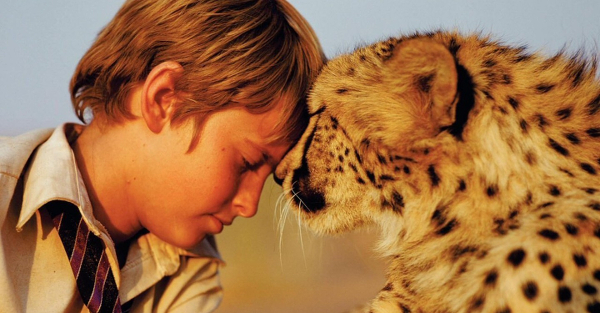
The South Africa-set Duma – which, if it does turn out to be Ballard’s final picture, will be a beautiful last testament indeed – is the tale of a boy, Xan, and his cheetah, Duma. Here, once again, an orphaned animal, following the loss of a parent, teaches humans how to care. Bafflingly, the movie was destined to go straight to DVD until then-Variety critic Scott Foundas sent out a clarion call warning of the neglect for what he perceived as one of the great family films. Duma wasn’t a hit, but it was seen by infinitely more people than would have been the case otherwise. It remains widely available on DVD and in a gorgeous HD transfer on VOD.
There is a small yet profound shift in the storytelling fabric of Duma that sets it apart from the other films. Namely, a sense that Xan, a young man of 12 years, understands innately – accompanied by a razor sharp, Zen-like focus – the mortal need to find one’s home in the world. There is little in the way of confusion here. As Xan and cheetah journey across the African desert to fulfill a promise made by his recently deceased father – that one day, when he is ready, they will return Duma to his proper home – obstacles appear at every turn, genuinely harrowing. But, guided by nature and an uncommon faith, the creatures thrive, man and beast alike.
I suppose it’s not entirely fair to blame my aversion to the cacophony of 21st century life entirely on The Cultural Conversation. I choose to live in a big city, Chicago. I choose to be on Twitter. I choose to be a workaholic and to work in a digital medium. I’m making a film every year or two, always dwelling on what’s next, rarely slowing down. It’s possible the everyday noise, of all varieties, will become more tolerable as I myself learn – like a character in a Ballard film – to take time to reconnect with the natural world. Until then, these films will have to do. Revisiting them has been a moving pleasure; again, a balm. Launching into them, I was curious, having seen the four primary films two or three times each already, if anything new would strike me. Many things did, of course, but one small thing stood out in a strange and powerful way. Throughout Duma, Ballard captures something remarkable with his camera. Duma the cheetah, in close-up, agitated yet hopeful, eyes darting around while on this tumultuous journey, looking for that one sign, finally, that home is on the horizon, and that everything is going to be all right.


